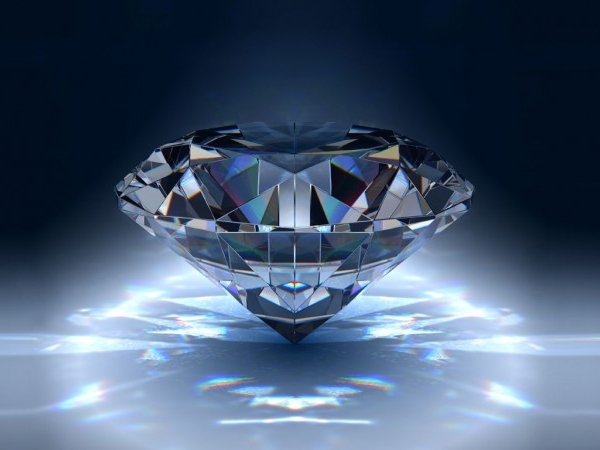Important Characteristics of Gemstones
Important Characteristics of Gemstones

The most precious gemstone, the diamond, is graded based on the 4 Cs: Cut, Color, Clarity, and Carat. With colorless diamonds, every one of these specifications equally matters. When it comes to color diamonds, and colored gemstones for that matter, color takes precedence. After all, agemstone’s color is truly what sets it apart from other stones.
Gemstone color can be broken down into three categories: hue, tone, and saturation. The first factor, hue, refers to the specific color of the stone. It is preferable for a stone to have the purest hue possible. This means that any secondary color should either be nonexistent or minimal. The second factor, tone, describes the level at which the color is seen in the stone. A gemstone can be green, but it can be a very light shade of green or display an extremely deep green color. Lastly, the saturation of a stone is how strongly the stone’s color shows versus any possible gray or brown hues that may be present in the stone.
There are some gemstones that can be found in completely different colors, so it is important to ensure that both the gemstone and the color are correct. For example, sapphires can be found in either pink, white, yellow, or the mast familiar – blue. Ruby, aquamarine, and emerald can only be found in red, blue and green, respectively, but stones like tanzanite and tourmaline can be found in more than one color as well.
As a gemstone’s most unique quality, it is crucial to understand the color in gemstones and how it is assessed. Having said that, the other Cs must be factored in as well. If size is of great importance, then the stone’s carat weight cannot be ignored. The same goes for the clarity and cut of the stone.
For more information please visit: http://www.gia.edu/gem-encyclopedia and http://gemstone.org/
